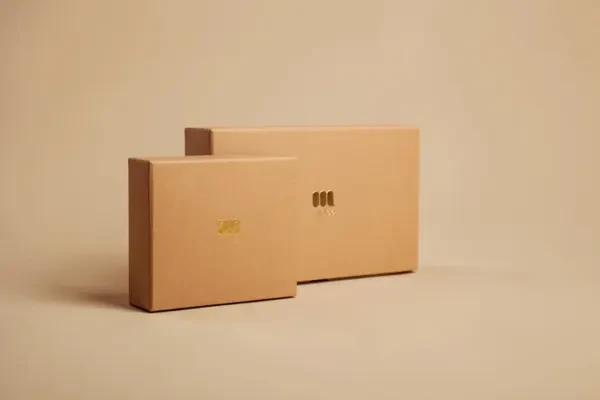Box Design and Functions: Effective Solutions for Product Transport, Storage, and Marketing
Box design is one of the most critical factors for the safe transportation, storage, and marketing of products. Especially in the e-commerce and logistics sectors, proper box design and functions reduce costs and ensure the safety of products. Well-designed boxes not only serve transportation and storage purposes but also play a significant role in brand marketing strategies. In this article, you will explore the fundamental elements of box design, its functions, and how to enhance efficiency with the right box selection.
Key Elements of Box Design
Box design determines not only the appearance but also the functionality of a box. The essential elements of a good box design include:
1.1. Size and Shape
One of the most important elements of box design is the correct size and shape selection. Choosing the appropriate size box for your product enhances its security during transportation. Moreover, minimizing empty space reduces transportation costs. Box dimensions should be determined based on the product's shape and volume.
Small and Lightweight Products: Small-sized boxes should be preferred.
Heavy and Large Products: Larger, more durable boxes are required.
Custom Designs: Custom-shaped boxes can also be preferred for brands to stand out.
1.2. Material Selection
The box material is one of the most important factors ensuring the secure transportation of products. The material of the box should be selected based on the characteristics of the products it will carry. Commonly used box materials include:
Cardboard: Lightweight and affordable, typically preferred for small, lightweight products.
Corrugated Cardboard: More durable and usually used for medium-sized or heavy products.
Kraft Paper: Eco-friendly and preferred by organic products or eco-conscious brands.
1.3. Reinforcement and Extra Protection
For fragile or delicate products, extra protection methods should be incorporated into the box design. Bubble wrap, foam fillers, or custom dividers inside the box ensure safe transportation. Additionally, using strong adhesives or packing tape on the box's exterior increases its security.
Importance of Box Functions
Box design should not only be aesthetic but also functional. Box functions impact many processes, from transportation to storage.
2.1. Transport Safety
Box functions play a significant role in ensuring product safety. Well-designed boxes should be resistant to impacts during transportation and designed to prevent movement of the products inside. Additionally, stackable boxes contribute to space efficiency during transportation.
2.2. Storage Ease
An essential function of box design is to facilitate easy storage. Stackable boxes help you use storage space efficiently. Moreover, labeling areas or descriptions on the box's exterior assist in keeping products organized during storage.
2.3. Marketing and Brand Promotion
Box design is an excellent opportunity to communicate your brand identity to consumers. Logos, colors, and graphics printed on the box are effective tools for promoting your brand. Aesthetically attractive and functional boxes enhance customer experience while ensuring your brand stands out in the market. Therefore, boxes should not only be functional but also have aesthetic designs that reflect your brand image.
Eco-Friendly Options in Box Design
Today, eco-friendly designs hold significant importance not only for brands but also for the environment. Eco-friendly box designs are made using recyclable materials. Materials such as Kraft paper and recycled cardboard offer an environmentally friendly packaging solution. Additionally, making boxes reusable helps create a sustainable business practice.
3.1. Recyclable Materials
The most commonly used materials in eco-friendly box designs are recyclable cardboard, Kraft paper, and biodegradable materials. These materials are both eco-friendly and reflect environmental consciousness in your brand.
3.2. Reduced Packaging Waste
Minimalist designs produce less packaging waste. Boxes designed with the minimum amount of material required can be functional while having no negative impact on the environment.
Things to Consider in Box Design
Box design is crucial for product transportation, storage, and customer experience. Some points to consider for a good box design include:
Durability: The box should be durable according to the product it carries and should not break easily.
Efficiency: The box size and shape should facilitate transportation and storage.
Aesthetics: The box design should reflect your brand and leave a positive impression on the customer.
Eco-Friendliness: Eco-conscious materials should be used in box design.
Box design is a critical tool for product safe transportation and storage as well as brand marketing strategies. The right box design not only ensures safe transport of your products but can also enhance brand awareness and promote sustainable practices with eco-friendly solutions. A good box design reduces costs, increases efficiency, and maximizes customer satisfaction.
